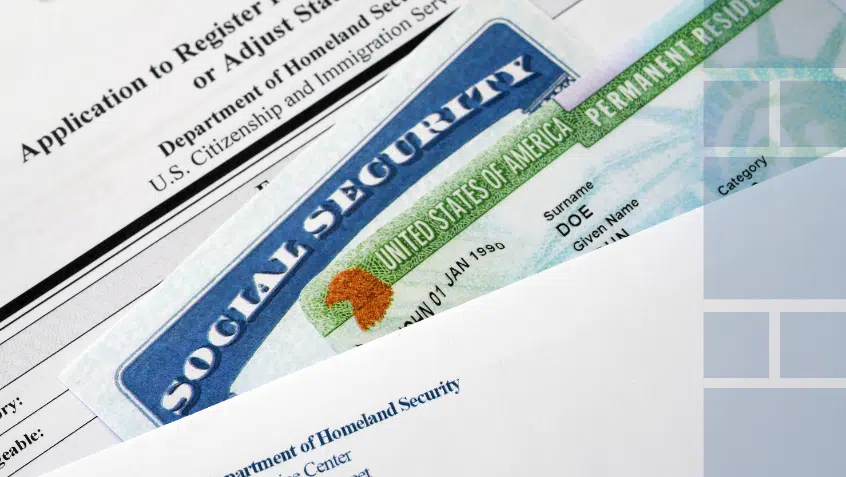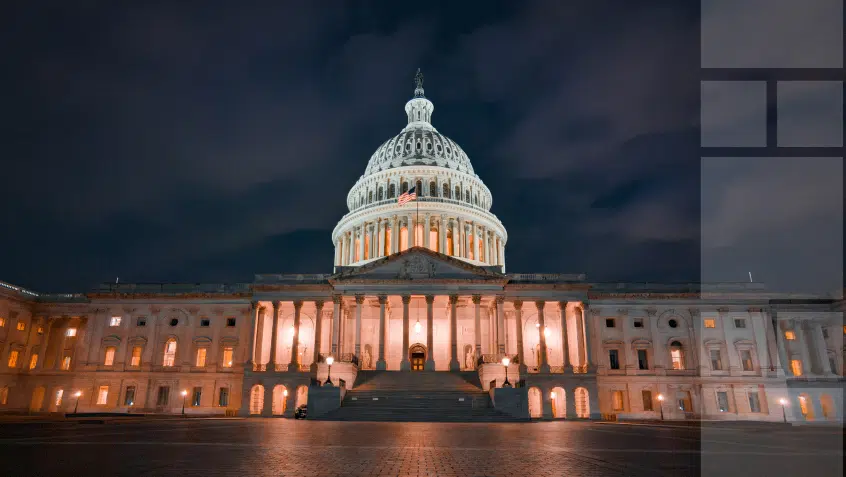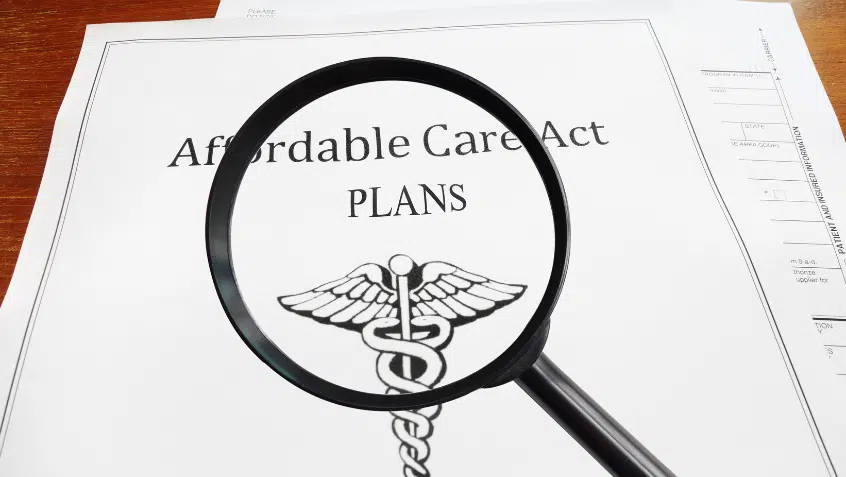Join Us Live for a Discussion on Medicare, Democracy, and the Future of Health Care
New Report Details High Out-of-Pocket Costs for Some with Medicare

More than 60 million older adults and people with disabilities rely on Medicare for trusted health coverage. However, the program’s benefit design and lack of financial protections can leave some beneficiaries exposed to high premiums and cost-sharing amounts for Medicare-covered services, and on the hook for the full cost of services that are not covered by Medicare, such as comprehensive dental, vision, and hearing care, as well as long-term services and supports (LTSS).
A new analysis from the Kaiser Family Foundation (KFF) underscores these challenges. According to the report, people with Original Medicare spent an average of $5,460 out of their own pockets for health care in 2016. Nearly half of this spending was for services outside of Medicare, such as LTSS (32%) and dental care (14%). The other half was largely devoted to meeting beneficiary cost-sharing obligations, including for provider-based care (22%) and prescription drugs (21%).
While high out-of-pocket costs were widespread, some groups—including women, people with multiple chronic conditions, and those with no supplemental coverage—spent substantially more than others. And the financial burden of these costs fell disproportionately on people with lower incomes. Half of all beneficiaries living on $10,000 or less spent at least 18% of their total income on health care, compared to 7% of those with annual incomes of $40,000 or more.
These findings mirror Medicare Rights’ experience. Every day on our National Consumer Helpline, we hear from older adults and people with disabilities who are struggling to cover their health care and prescription drug costs. Given that many people with Medicare live on fixed or limited incomes, the perennial nature of these calls is alarming, but not surprising.
Currently, half of all Medicare beneficiaries—nearly 30 million older adults and people with disabilities—live on $26,200 or less per year, while one quarter have incomes below $15,250 and less than $14,550 in savings. Simply put, most people with Medicare cannot afford to pay more for their care.
The consequences of health care and prescription drug unaffordability are significant, often eroding beneficiary health and economic security. Beneficiaries who cannot purchase their medications or pay for coverage may be forced to go without care—leading to worse health outcomes and quality of life. Troublingly, bankruptcy is on the rise among older adults, having increased 204% from 1991 to 2016. Medical debt is big reason why; 60% of those 65 and older who file for bankruptcy do so because of medical bills.
And the cost to the Medicare program is also extreme, as beneficiaries who forgo needed care and experience declining health as a result may need more costly interventions later, like emergency department or inpatient care.
This KFF report comes as lawmakers in the U.S. House and Senate are considering legislation that would address the problem of high and rising prescription drug prices and improve the Medicare program.
The Medicare Rights Center supports these bills, and in particular the provisions that would strengthen Medicare as well as beneficiary health and financial well-being—including by better protecting beneficiaries against burdensome spending, filling longstanding gaps in coverage, and reducing program and out-of-pocket costs. We look forward to continuing to work with policymakers on these and other critical reforms, to ensure that all people with Medicare have meaningful access to affordable, high-quality care.
Read more about rising medical bankruptcies among older adults.
Show Comments
We welcome thoughtful, respectful discussion on our website. To maintain a safe and constructive environment, comments that include profanity or violent, threatening language will be hidden. We may ban commentors who repeatedly cross these guidelines.
Help Us Protect & Strengthen Medicare.
Donate today and make a lasting impact.
The Latest
Most Read
Add Medicare to Your Inbox
Sign up to receive Medicare news, policy developments, and other useful updates from the Medicare Rights.
View this profile on InstagramMedicare Rights Center (@medicarerights) • Instagram photos and videos









